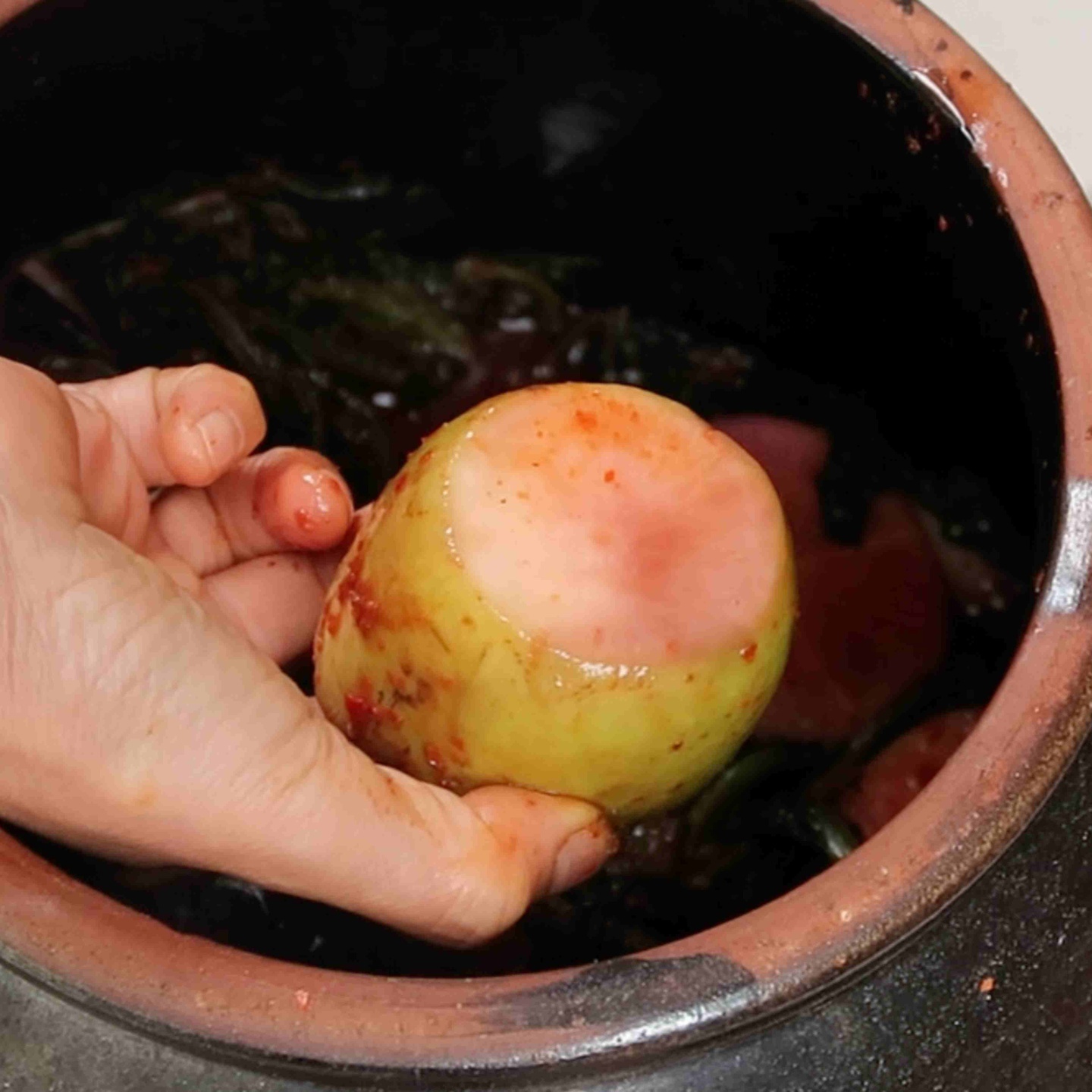What is Deep frying (튀김)?
The cooking method of deep-frying means completely submerging an ingredient in hot fat.
When you deep fry, once the ingredient is cooked, remove it from the oil and let the oil drain from the ingredient by placing it in a strainer with a paper towel under it to collect the run-off oil. You always want to deep fry close to serving time, because as the ingredient sits and time goes by your ingredient can get soggy. Always serve deep-fried foods immediately.
Tools Needed to Deep Fry
You will need some tools for deep frying.
- First, you need a wok or thick deep pot/pan to deep fry. A solid base helps to keep the heat and maintain the temperature of the oil.
- The next item you will need is paper towels. You will want to absorb excess oil drain off after frying.
- Next, you will need tongs to add and remove the fried ingredients safely. Do not lift the tongs up after placing them in the oil, if you do this it can cause the oil to run down your arm.
- Finally, you will need a strainer to lift batches of ingredients out of the fryer at the same time, drain the oil, and aerate the ingredients as they deep fry which will make them crispier.
Frying Large and Small Protein Cuts
It is easier to cook smaller or thinner cuts of protein completely to temperature when deep frying.
If you want to deep fry larger cuts of protein, then to ensure that the outside is crisp and the inside is completely cooked, you can make incisions onto the surface of the protein. Making incisions also allows for the seasoning or marinades to better absorb into the ingredient. You may also want to double-fry large pieces of protein. Double frying would allow you to first cook the larger protein at a lower temperature until the inside is at the proper safe internal temperature and then crisp up the outside of the protein at a later stage by using a higher temperature oil. Double frying can help prevent a soggy ingredient because if you cook your large cut of protein at too low of a temperature to make up for how large and thick it is, it can get soggy. Later in this chapter, I will cover the temperatures and steps for double frying.
Thinner or smaller cuts can be done cooking more quickly. Delicate thin pieces of squid or octopus should be cooked quickly at a higher temperature oil. When slicing thinner pieces, make sure they are evenly sliced. You want to avoid uneven slices because if one side is thicker than the other, then that side will take longer to come to temperature while the other side of the slice can be overcooked.

